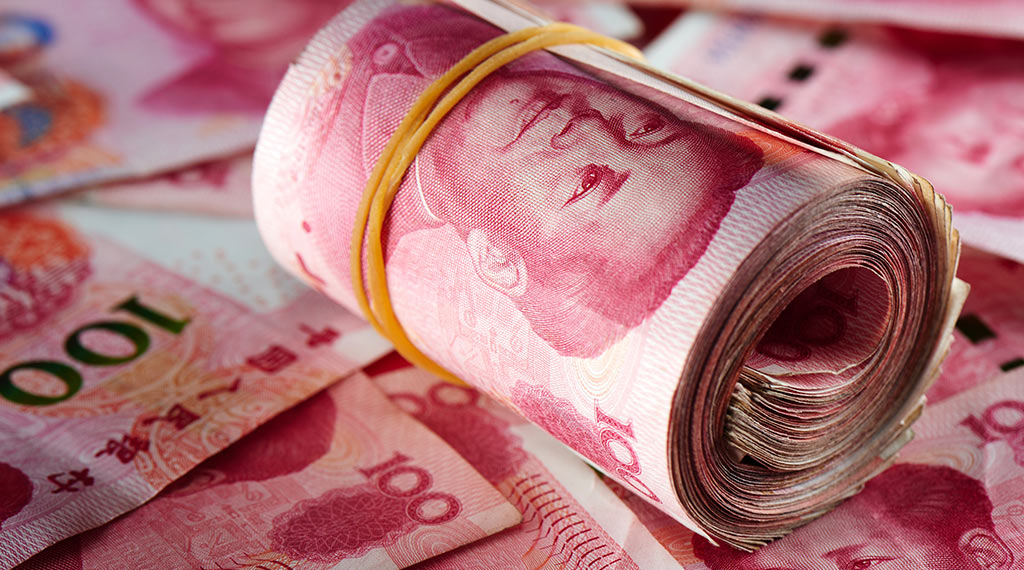Could China’s massive public debt torpedo the global economy?

China might be the creditor to the world, but it is also riddled with debt. Between public and corporate debt, China is one of the most indebted large economies in the world. Even worse, its state-owned banks are sitting on mountains of bad debts and non-performing loans, particularly in the real-estate sector. And this is just on the surface. Underneath lies a staggering quantity of murky debt, off-balance-sheet lending, wealth management products, and local government funding vehicles. All told, China’s debt is considerably larger than it appears at first glance, and so high that some analysts feel it is at dangerous levels and could spill over, doing severe damage to the world economy. What does this say about the stability of the global economy and Western anxieties about China’s rise to a preeminent place in world affairs?
It seems that China’s meteoric economic rise may be grinding to a halt. The developing world could suffer most, particularly those countries dependent on selling natural resources to China or on Chinese aid. In developed countries, such as the United States, the main casualties will be people and companies heavily invested in Chinese companies and stocks. In the long term, there may be some positive outcomes. An economic collapse in China, or a severe economic downturn, may accelerate the general exodus of foreign companies from China, and a rebalancing of global supply chains. This would decrease the world’s dependence on China and could lead to a boom for nations such as Vietnam, India, or Indonesia, who are all too happy to host foreign factories that have left China. The benefits will take time, however. Negative effects will be felt immediately.
If the Chinese economy falters, it will affect all of its significant trading partners, which basically means the entire world. Countries around the globe will suffer from slower and more expensive exports as well as reduced demand for imports. Companies in China are suffering from supply chain disruption, higher input costs, pollution curbs, and logistical issues due to pandemic measures, such as fuel rationing, electricity rationing, and disruption at ports. Factory-gate prices, the price of products at the factory, have been steadily rising. All of these circumstances have driven factory inflation to its highest level in 13 years.
Click HERE to read more.
